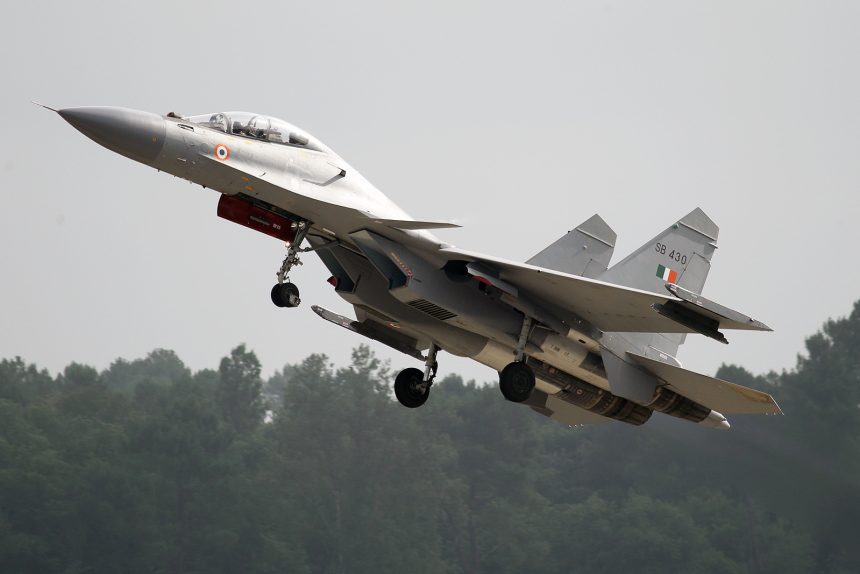Indian Flankers and French Rafale and Mirage 2000 jets have operated together during the bilateral exercise between the Indian and French Air Force.
From Jul. 1 to 12, 2019, the Indian Air Force has deployed four Su-30MKI Flanker derivatives, belonging to the 15 Wing based at Bareily Air Force Station (AFS), along with an Il-78MKI Midas aerial refueler from the 78 Sqn, based at Agra AFS, to Mont-de-Marsan, France, as part of Exercise “Garuda IV”. A C-17 Globemaster III airlifter supported the deployment of 120 military that took part in the two-week drills in Europe, the largest joint exercise for the IAF this year.
This was the sixth edition of the bilateral drills between the Indian and the French Air Force; the last exercise of the series, “Garuda V” was held in India, at Air Force Station Jodhpur, in June 2014.
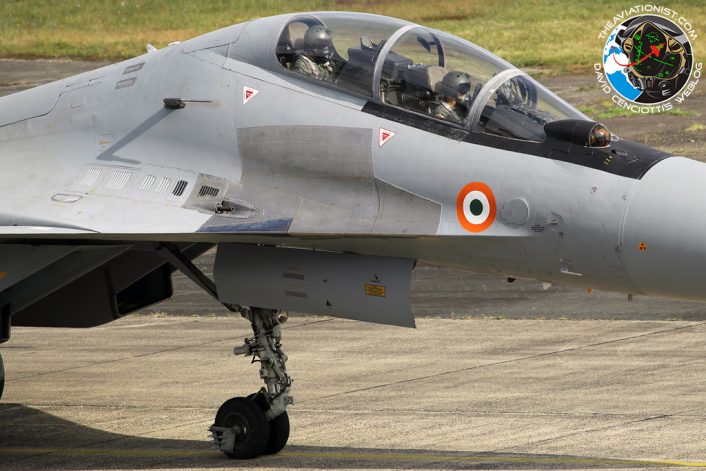
The purpose of this year’s iteration was to “enhance understanding of interoperability during mutual operations between the two Air Forces and provide an opportunity to learn from each others best practices”; the focus was mainly in the joint ops between the Flankers and the French Air Force Rafale aircraft, that the Indian Air Force will start receiving in September this year. The Indian Air Force has procured 36 Rafales to equip two squadrons, the first of which is the Golden Arrows 17 Squadron, a unit previously flying the MiG-21M in the reconnaissance role (not to be confused with the MiG-21 Bison, an upgraded version of the Russian-made baseline MiG-21 that was also given the helmet mounted sight combined with high-off-boresight R-73 air-to-air missiles.)
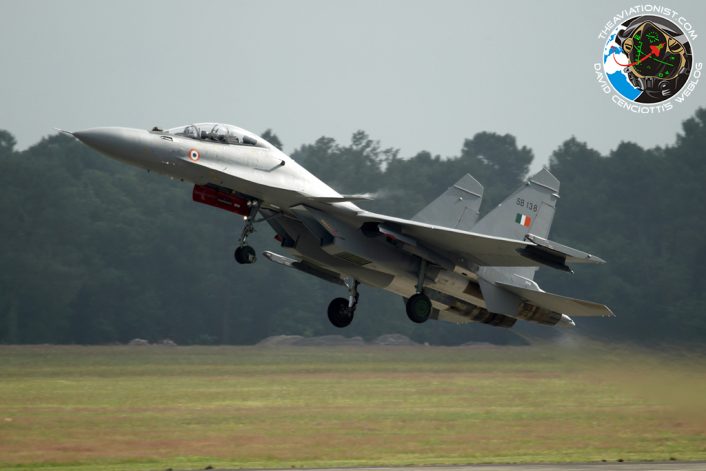
“The first unit to receive the Rafale combat aircraft would be the 17 Squadron which was earlier located in Bhatinda in Punjab and will now be shifted to Ambala in Haryana,” IAF sources earlier this year said, according to Indian media outlets.
Another squadron of Rafales will be based in Hasimara AFS in West Bengal, on the eastern frontier, that currently hosts no unit but was earlier the base of a MiG-27 squadron.
Noteworthy, although the first aircraft will be handed over in September 2019, the first batch of four “omnirole” jets is expected to arrive at Ambala airbase by May 2020, as the first jet will undergo extensive testing required to validate the Indian specifications.
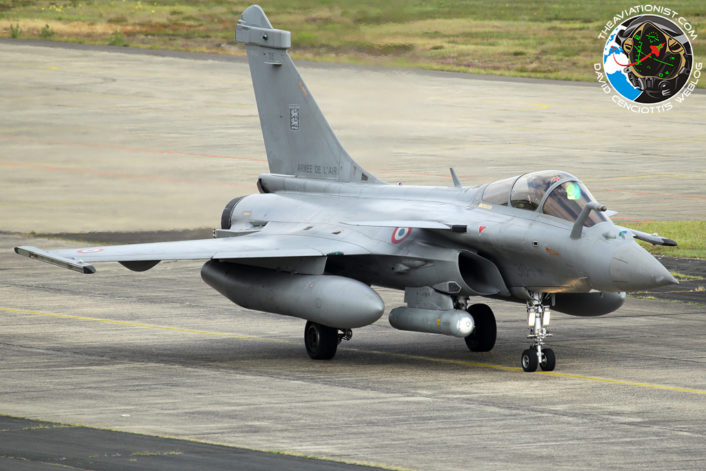
“Garuda VI” developed through two phases: the first one included integration and basic combat missions; the second focused on Large Force Engagements (LFEs) with mixed Indo-French formations. It will be interesting to see if any post-exercise comments about the aerial engagements emerges in the next few months: some of our readers will probably remember the controversy that followed the participation of four Indian Su-30MKI in Indradhanush 2015, a two-week training exercise with the Royal Air Force Typhoon FGR4s at RAF Coningsby, UK. Back then, returning home from the drills, Group Captain Srivastav, the Indian Contingent Commander for the deployment, told the Indian NDTV that the performance of his pilots was “exceptional”, so much so, the supermaneuverable Indian Flankers obtained a resounding 12-0 victory against the RAF Typhoons in WVR (Within Visual Range) engagements. The British response stated that the Indian claims were “clearly designed for a domestic audience“ as their analysis did not match what was reported: “RAF pilots and the Typhoon performed well throughout the exercise with and against the Indian Air Force. Both forces learnt a great deal from the exercise and the RAF look forward to the next opportunity to train alongside the IAF,” a spokesperson for the RAF said.
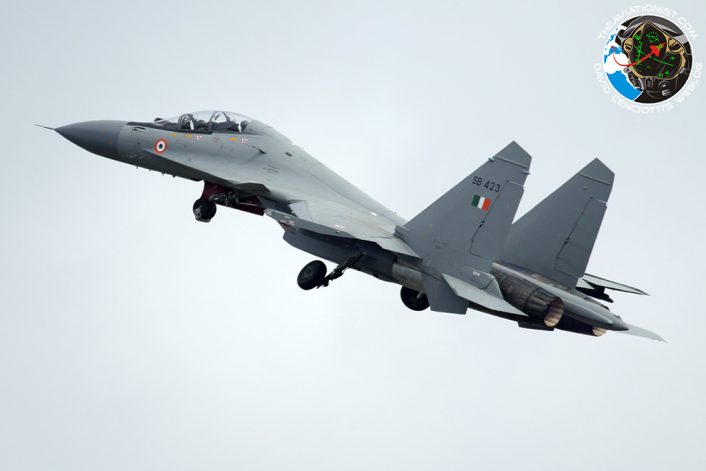
The Su-30MKI is a two-seat multirole derivative of the Su-27 Flanker, a fighter in the same class of the U.S. F-14 and F-15, with impressive maneuverability as shown by its ability to perform the “Pugachev Cobra”: in a “Cobra”, the plane suddenly raises the nose to the veritical position (or beyond) before dropping it back to the normal flight, maintaining more or less the same altitude through the entire maneuver.
The Su-27 and its “Cobra” have been the highlight of many air shows from the end of the 1980s to the middle of the 1990s. But, since then, the Flanker maneuverability has been furtherly enhanced. Indeed, the improved multirole Su-30MKI is a Flanker variant fitted with both canard forewings and thrust-vectoring nozzles which have improved its agility.
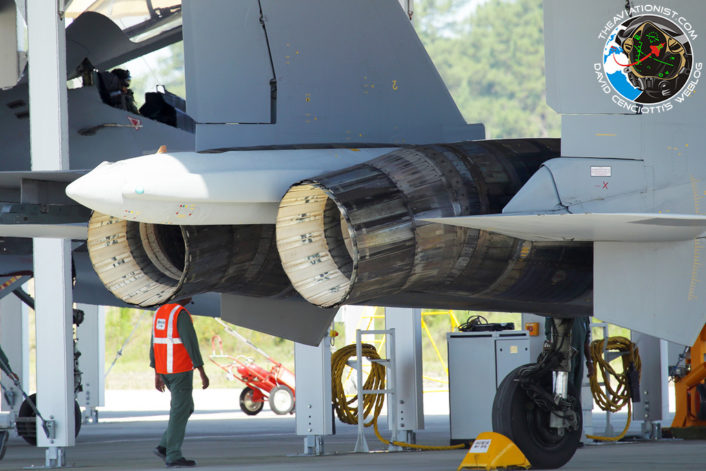
“Garuda VI” also allowed some cross-refueling operations with the French C-135FR tanker refueling the Su-30MKI jets and the Il-78MKI refueling the French Mirage 2000s and Rafales: the latter in particular, was an interaction that will be often replicated as the Rafale is inducted into active service with the IAF starting next year.
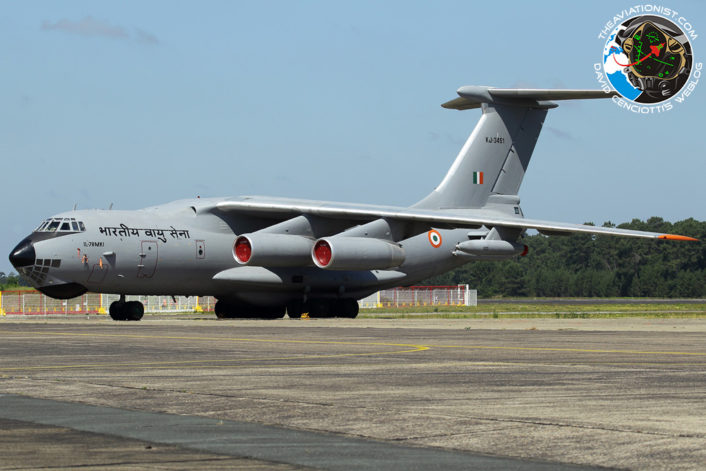
The photos in this post were taken during Ex. Garuda VI media day by The Aviationist‘s contributor Claudio Tramontin.

